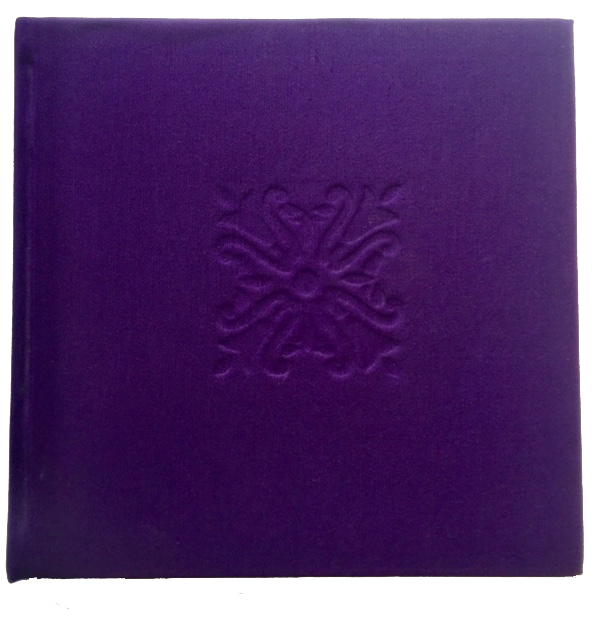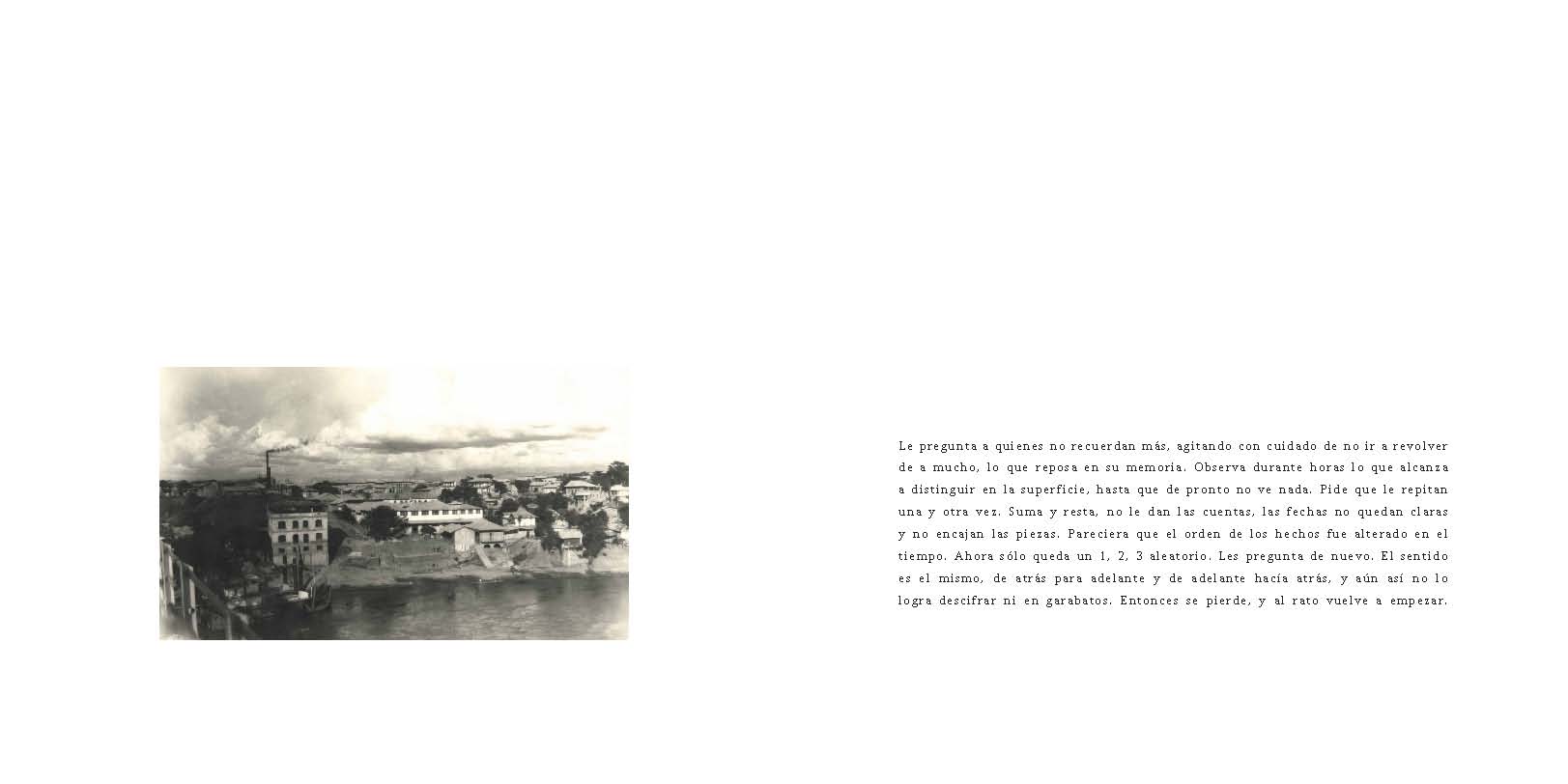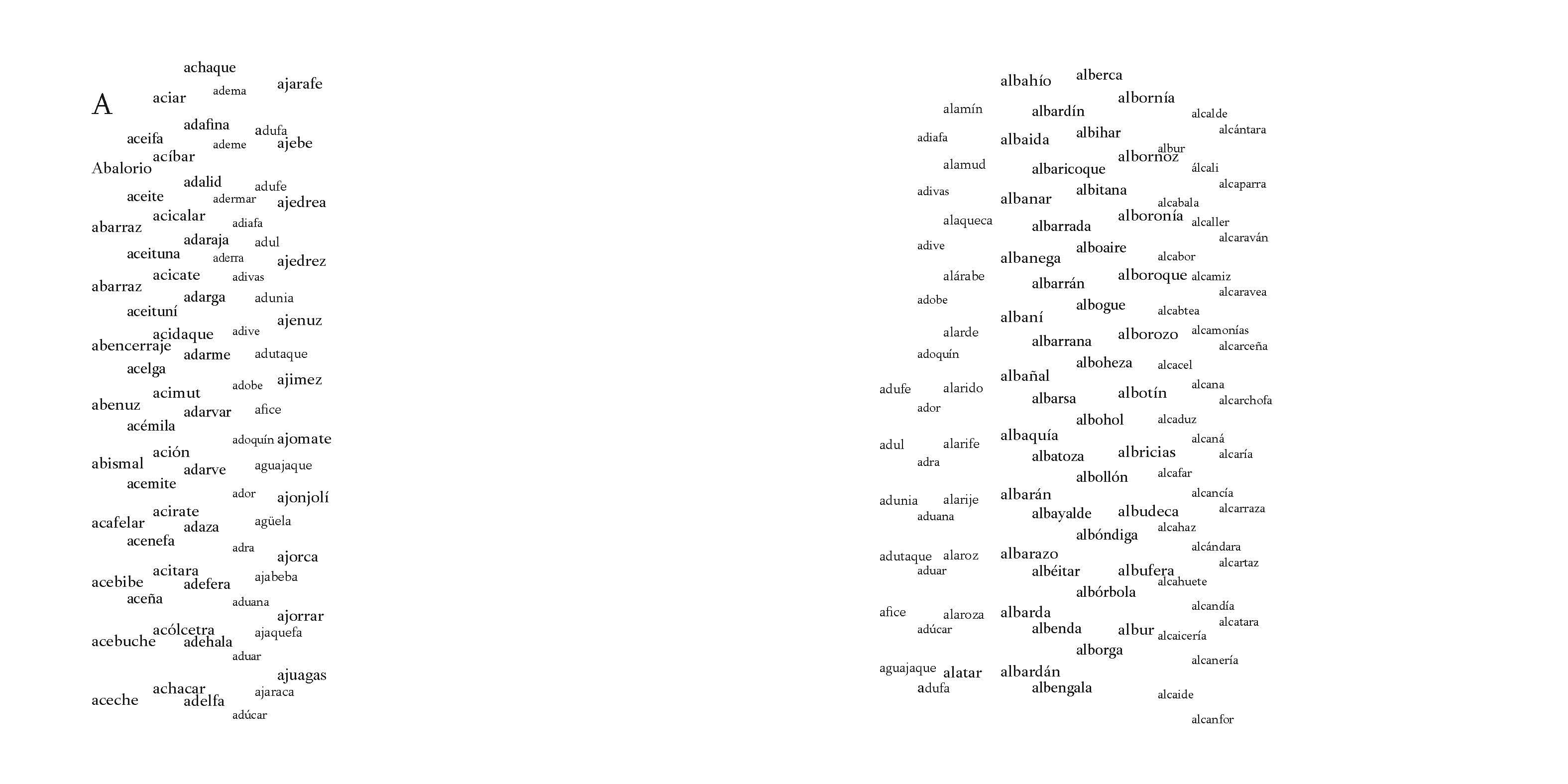Waiting for the 3 pm train
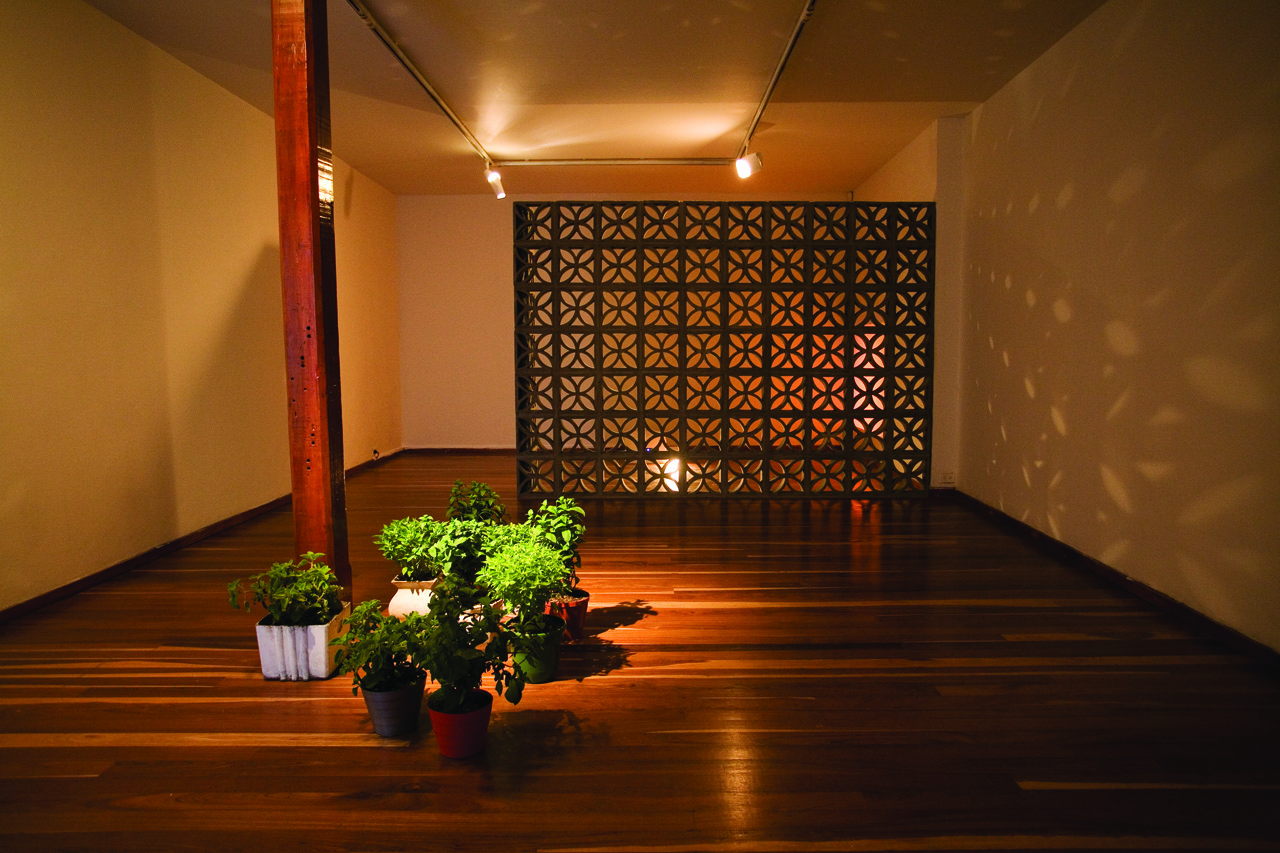
A mushrabiyah wall made of cement bricks splits a typical colonial style architectural chamber. On the inner section of the room, the mushrabiyah seems t guard secretly a flickering light. This bright orange/yellowish/reddish luminescence is produced a video projection onto a wall. As the light shines through the mushrabiyah, it warmly illuminates the complete space, while recreating it’s geometric patters such as drawing onto the walls. On the outer side of the chamber, the mushrabiyah stands giving the space a odd décor: An illusory exterior patio occupied by natural culinary aromatic plants; mint, basil and oregano. The freshness and sweetness of their fragrance fills the air.
The musharabiyah was originally made for privacy purposes for the house occupants to see without being seen, preserving the private interior without depriving the occupants from a vista of the public outside. This natural ventilation system where the wind blows in and out refreshing the interior of the houses, is part of the mozarab heritage brought in colonial times from Spain and adopted as part of architectural style of hottest regions of Colombia. From the Caribbean Coasts to the houses of small cities at the Magdalena River’s shore, the musharabiyah can be found.
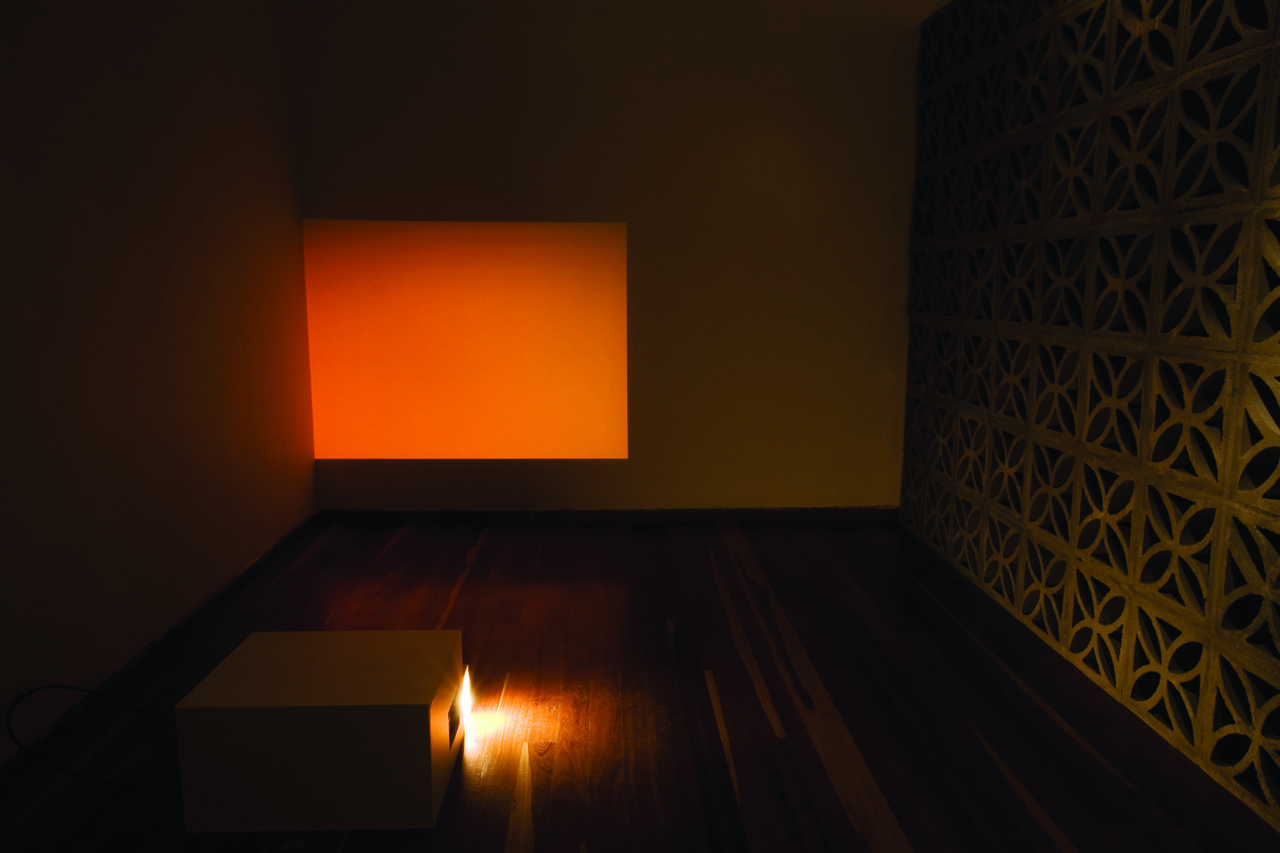
The projection, an almost monochrome tableau of dancing light is the result of the close capture of fire on video and projected in loop. The fire, natural element virtually present in the installation is meant as the symbol of both destruction and creation: the two forces of life and memory. A house fire destroys all evidence of the inhabitant’s story and past. Precious pieces of the dweller’s memories reduced to ashes. Nevertheless, fire or heat is fundamental in a dwelling. It takes an important place in the heart of the house, in the kitchen or the chimney, and it’s around this transforming element that houses where formerly built.
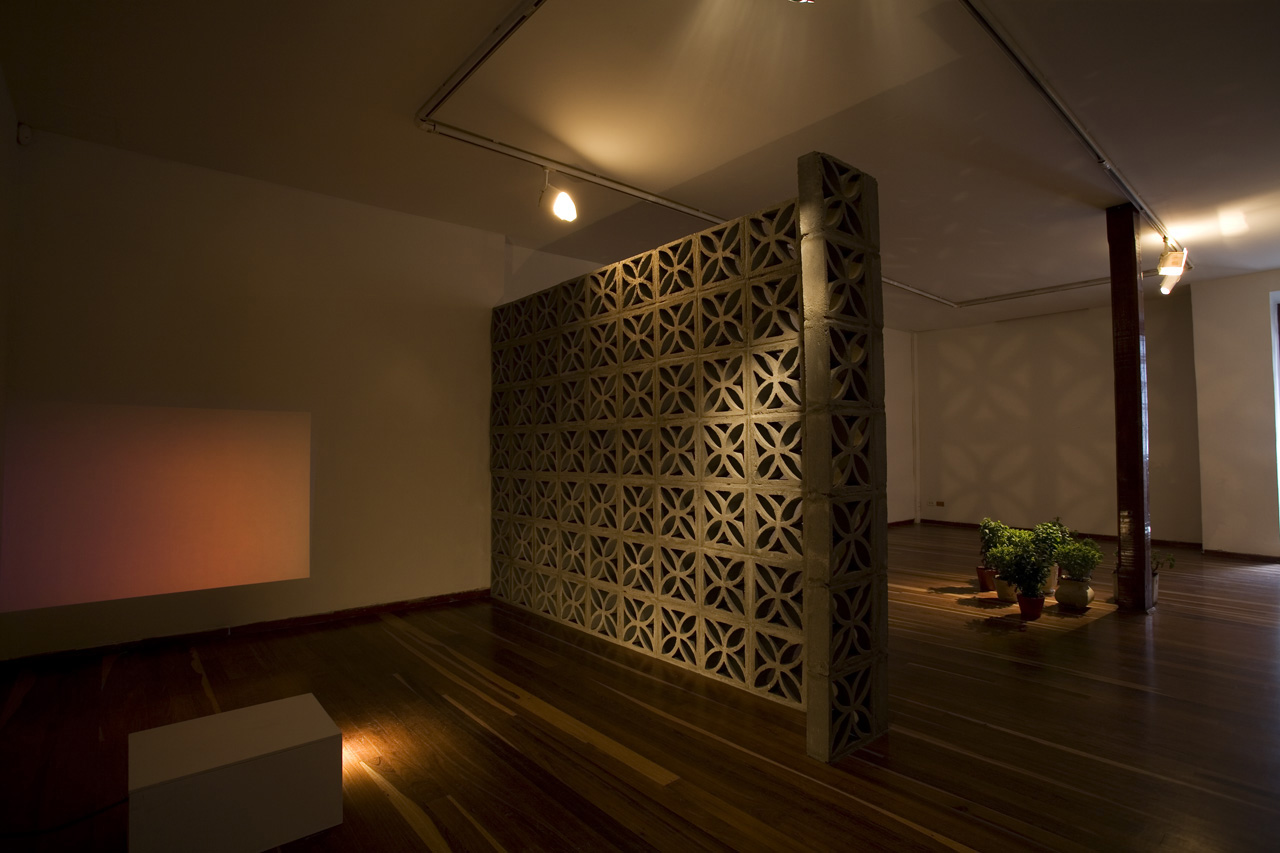
The aromatic plants surrounding the wooden column that diffuse a scent through the chamber, are all essential aromatic plants of the Lebanese cuisine. Peoples in diaspora keep and transmit fundamental elements to their identity such as language and culinary traditions. They become vital elements in the process of adapting to a new culture while preserving their own. Through familiar flavors and comfort food entwined to strong emotions and memories, migrants were able to fight the ‘mal du pays’, the heavy feeling of nostalgia.
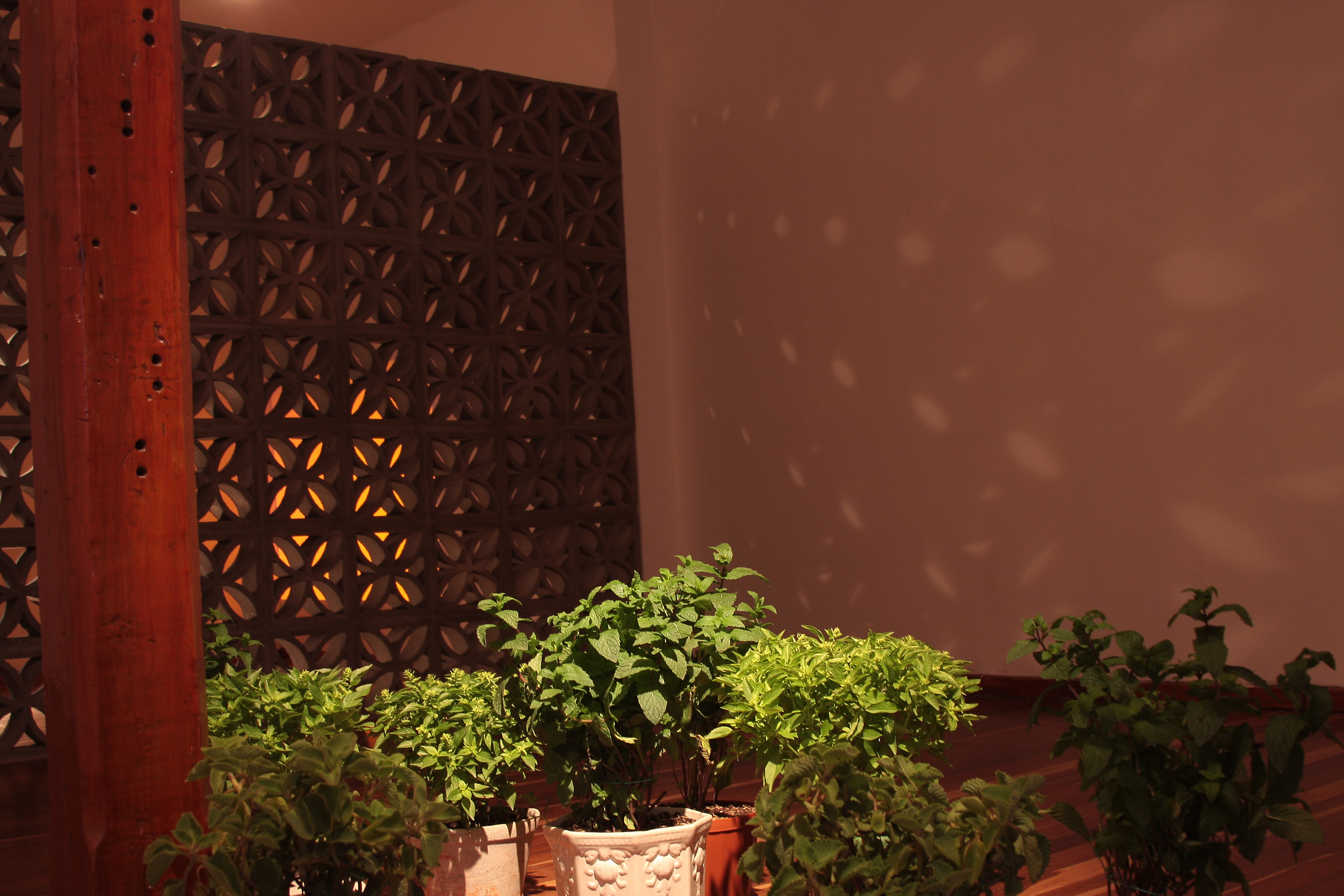
This strong sensory element is meant to call onto the spectator’s sensorial memory to awaken tastes and flavors concealed deep in their memory and to invite them to associate intuitively the perfumed scents with their own personal memories or souvenirs.
The architectural, visual and sensory elements in this installation are put together to create a familiar yet uncanny environment. Like an imprecise recreation of a sensory reminiscence, a memory place and the sensations attached to it, which not belong to us but to which we can perfectly relate to.
Title of the installation ‘Waiting for the 3 pm train’, evokes the silent stillness before a probable departure. In this motionless on going act of expecting for something to happen, the passing of time is somewhat unperceivable and it becomes a moment of suspended time.
Book and fragments of the texts that accompanied the installation.
